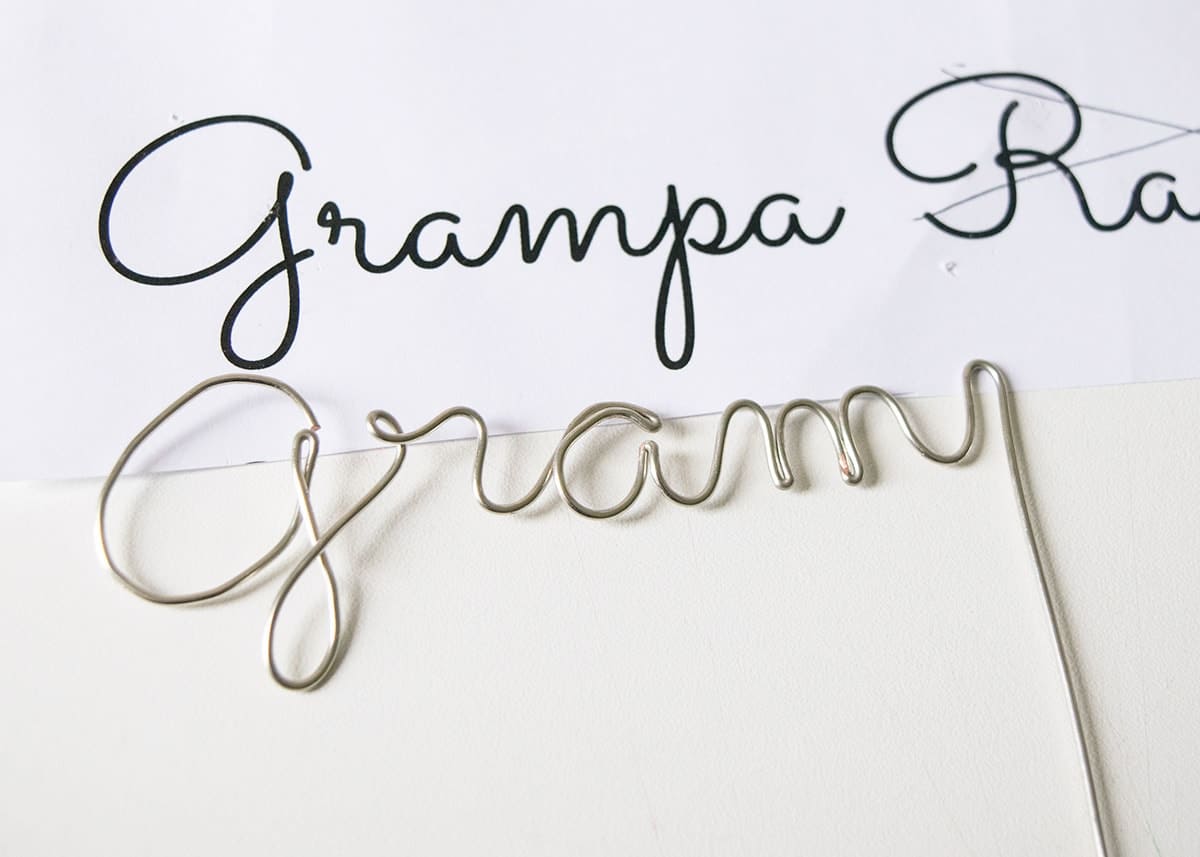Introduction:
In the world of design, fonts play a significant role in setting the tone and evoking specific emotions. If you’re looking to add a nostalgic touch to your creative projects, retro-inspired arts and crafts font can be the perfect choice. In this article, we will explore three key parts to help you discover a selection of vintage fonts that capture the essence of the past. Each part will contain two levels of content, providing you with a comprehensive guide to incorporating retro fonts into your designs.
Part 1: Understanding Retro Design and Typography
Level 1: Retro Design Aesthetics
- Art Nouveau: Originating in the late 19th century, Art Nouveau is characterized by intricate and flowing organic forms inspired by nature. Fonts in this style often feature curvaceous lines and decorative elements that exude elegance and sophistication.
- Art Deco: Flourishing in the 1920s and 1930s, Art Deco is known for its geometric shapes, streamlined forms, and symmetrical compositions. Fonts in this style are bold, often featuring strong vertical lines, symmetrical letterforms, and an overall sense of glamour and luxury.
Level 2: Retro Typography Styles
- Serif Fonts: Serif fonts are characterized by the small decorative lines or strokes at the ends of characters. Popular retro serif fonts include Baskerville, Bodoni, and Clarendon. These fonts evoke a sense of history and tradition, making them suitable for vintage-inspired designs.
- Display Fonts: Display fonts are decorative and attention-grabbing, often used for headlines, logos, or signage. Retro display fonts come in various styles, such as script, slab serif, or condensed. These fonts add a bold and nostalgic touch to any design, especially when paired with vintage-inspired graphics.
Part 2: Exploring Retro-Inspired Arts and Crafts Fonts
Level 1: Arts and Crafts Typography
- William Morris Fonts: William Morris, a key figure in the Arts and Crafts movement, created fonts that reflect the movement’s principles of craftsmanship and simplicity. Fonts like Golden Type and Troy Type have a handcrafted feel, featuring irregular letterforms and a sense of authenticity.
- Artistic Display Fonts: These fonts emulate the hand-lettering and sign painting techniques popular in the early to mid-20th century. Fonts like Moonshiner, Thirsty Script, or Market Deco incorporate calligraphic flourishes, hand-painted strokes, and a sense of vintage charm.
Level 2: Vintage Script Fonts
- Retro Brush Script Fonts: Brush script fonts, inspired by mid-century signage and lettering, bring a playful and casual vibe to your designs. Fonts like Playlist, Bold Riley, perfect for adding a touch of nostalgia to your projects.
- Cursive Retro Fonts: Cursive or script fonts from the retro era exude elegance and refinement. Fonts like Windsong, Rochester, or Pacifico feature flowing lines, connecting letterforms, and a sense of whimsy. These fonts are ideal for vintage-inspired invitations, cards, or logos.
Part 3: Tips for Using Retro Fonts in Your Designs
Level 1: Pairing Retro Fonts
- Contrast: Combine a bold display font with a more delicate serif font for contrast and visual interest. This pairing can create a harmonious balance and draw attention to key elements in your design.
- Complementary Fonts: Select fonts that share similar characteristics or evoke the same era to create a cohesive and unified design. Fonts from the same historical period often work well together and reinforce the nostalgic feel.
Level 2: Design Considerations
- Layout and Hierarchy: Consider the overall layout and hierarchy of your design. Ensure legibility by using larger font sizes for important elements and maintaining proper spacing between letters and lines.
- Color and Texture: Experiment with colors that complement the retro aesthetic. Earthy tones, muted pastels, or bold primary colors can enhance the vintage feel. Additionally, adding texture or distressing effects can further enhance the nostalgic vibe.
Conclusion:
Incorporating retro-inspired arts and crafts font into your designs can evoke a nostalgic touch and add character to your creative projects. By understanding retro design aesthetics, exploring different typography styles, and considering tips for using these fonts effectively, you can create visually captivating designs that transport viewers to a bygone era. Remember to experiment and have fun with these fonts, allowing your creativity to flourish and revive the charm of the past in your contemporary designs.


